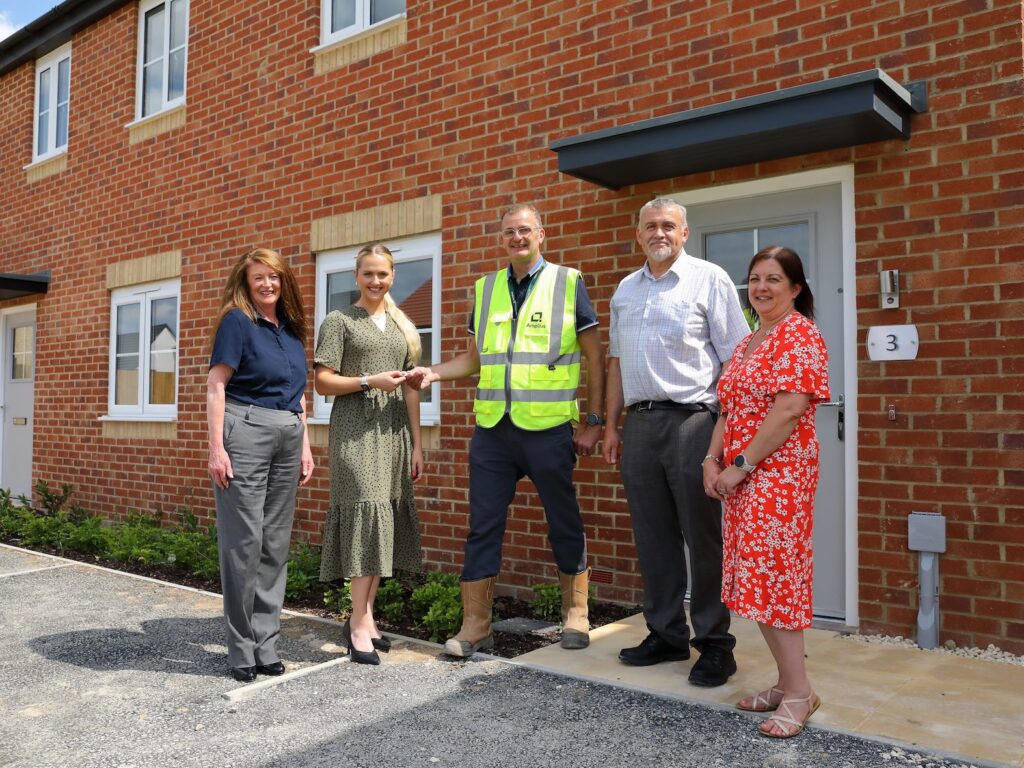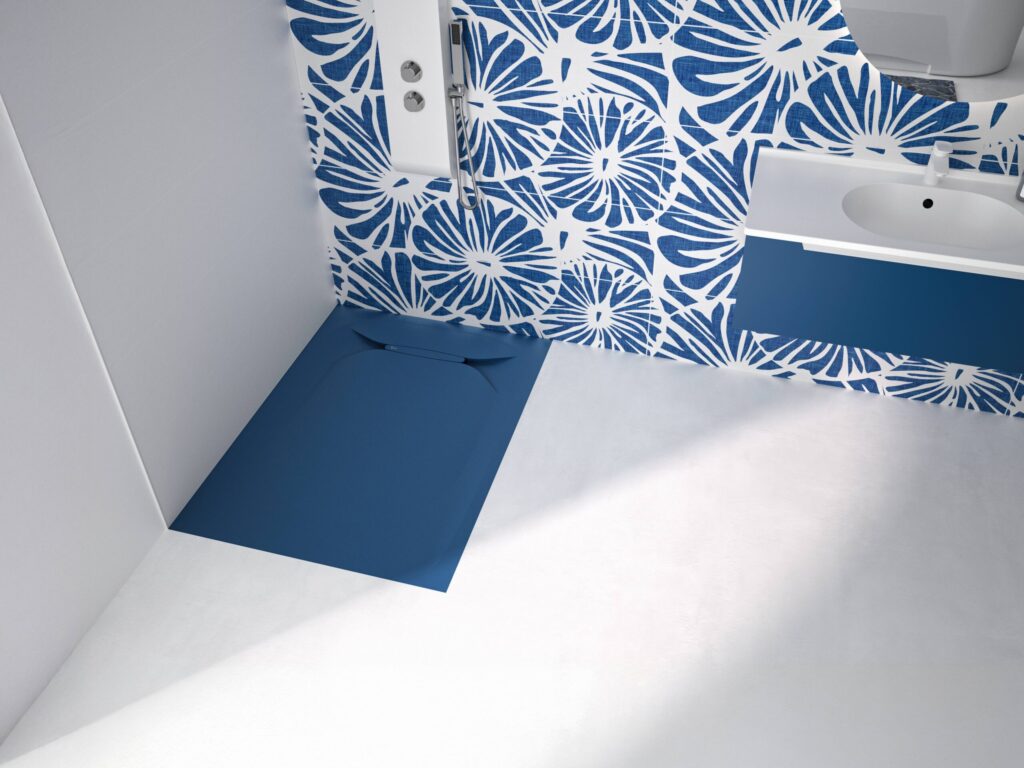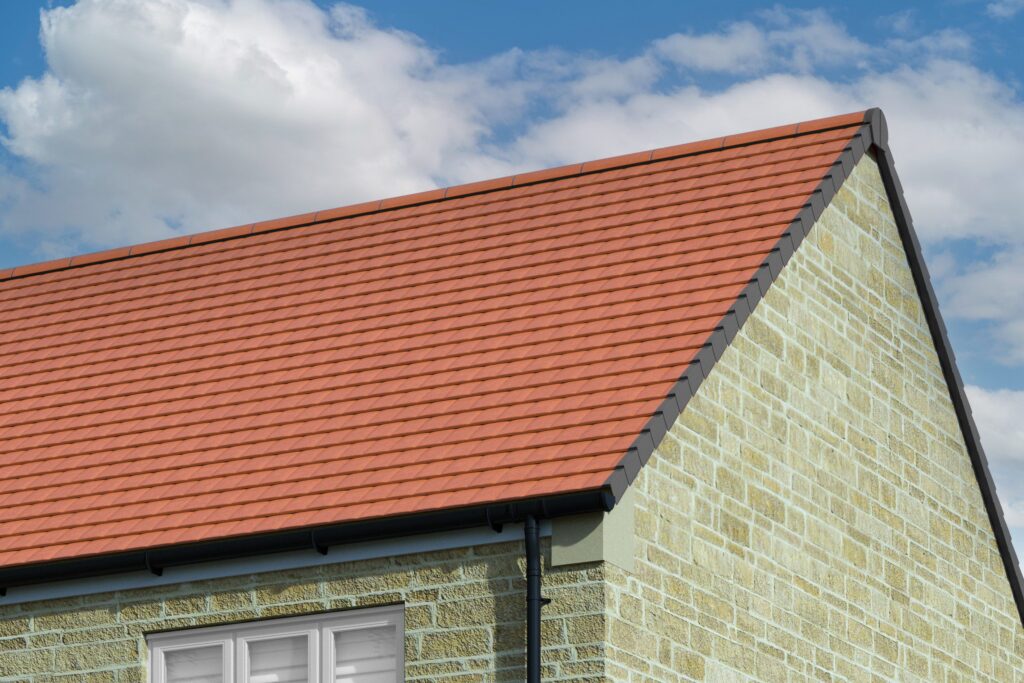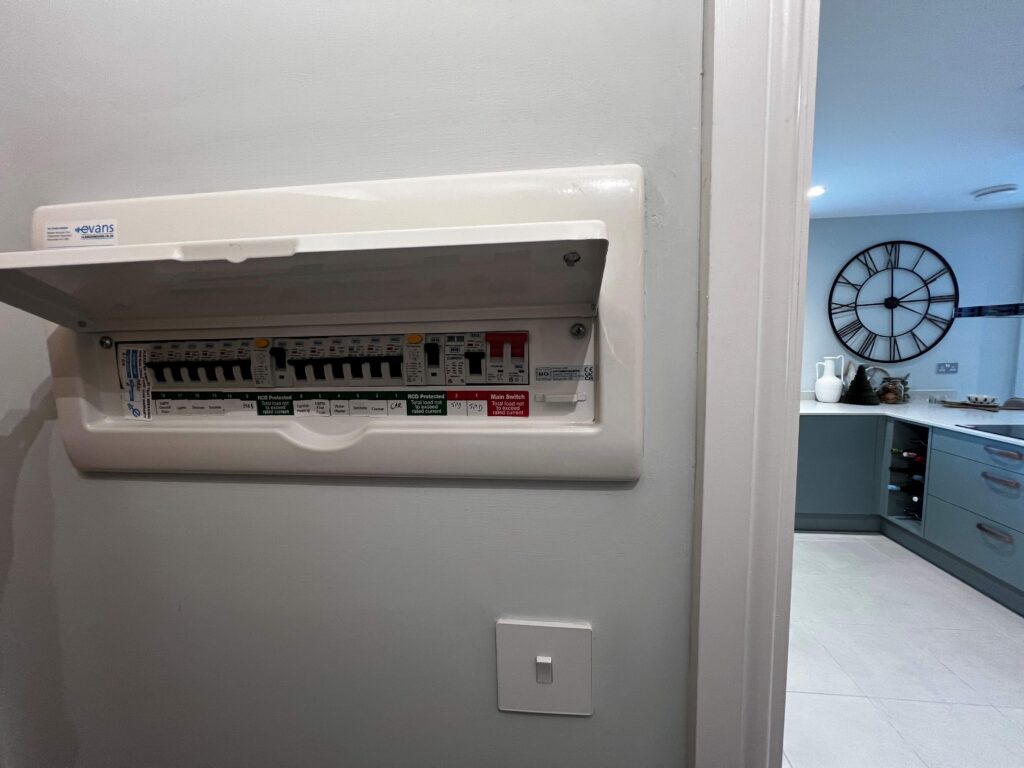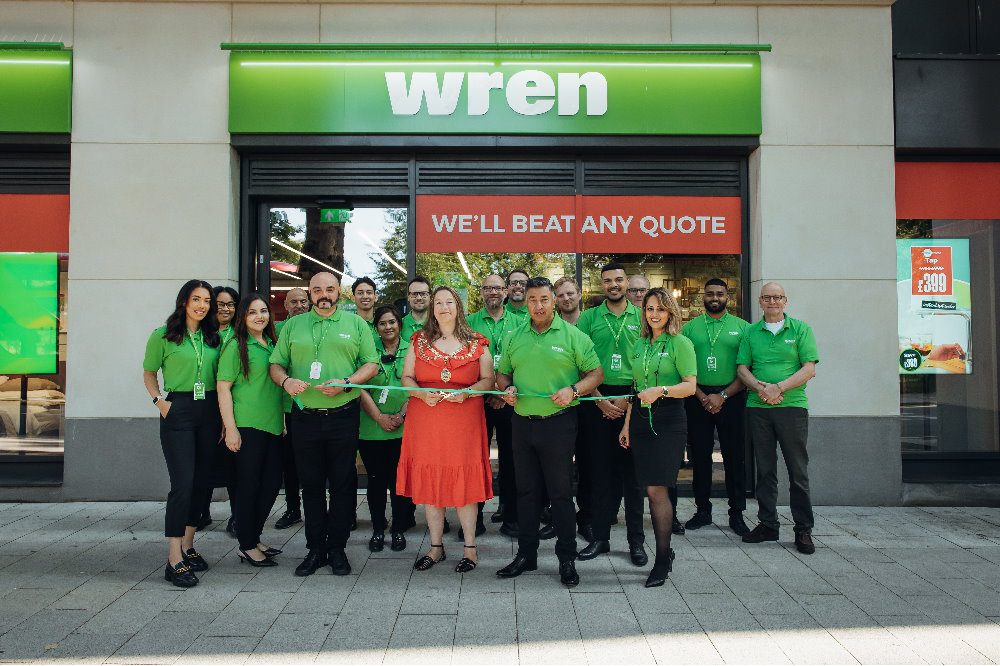Rethinking Housing Design Trends in Light of Covid-19 by Henry Martin, a residential and commercial developer with years of experience in real estate.
COVID-19 has forced changes on our everyday lives, from workplace safety adjustments, to preferences in the home. With the global pandemic afoot, the news media coverage is often targeted at workplace design change – including social distancing, staggered arrival times, more strictly regulated temperatures, and more. Yet, a quiet revolution is happening at home: increasingly homeowners and developers alike want more from their properties and projects than ever before.
One of the most profound impacts of COVID-19 has reshaped what people expect from their homes. With more time (safely) indoors, and living and working remotely, homeowners want bigger, more spacious rooms, a reasonably equipped office, and outdoor space. These have climbed up the wish list for many hopeful homeowners and this will play a larger role long after the pandemic.
A moment of changing needs
Now, as many countries navigate countless national lockdown scenarios, much of the workforce has transitioned to working and living remotely. As a likely response from the pandemic, people are reshaping their living preferences – some design changes happen out of convenience, others for comfort.
Certainly, it’s an advantageous moment to overhaul our homes – from decluttering, to DIY improvements, and renewing lost passions in gardening. Reflecting on new home-working relationships, where it’s harder to split the professional and private spheres of life, now is a beneficial moment to rethink design.
Internal layouts can be adapted to new ways of life, just as much as gardening and other activities can help manage the stress and new realities of living and working remotely, especially in achieving a healthier and more-sufficient lifestyle.
Developing new properties
To remain competitively relevant, developers need to gear up their projects for a new wave of living preferences – from more spaciously designed layouts, to sustainable living.
Developers, up and down the country, are even halting projects just to gauge this change in consumer needs. Roughly six in every 10 developers have intentionally delayed projects, to rethink the future of their properties. Commonly cited reasons include extra planning for greenspaces and communal areas, which act as ways to destress and uncouple from work and the isolation of being remote.
As developers become more attuned to the sensitivities of homebuyers, project outcomes will start to look differently.
Multifunctional living spaces
With the new demand on our homes to act as both living and working spaces, the preferences of homeowners will start to focus on embracing this novel sense of multifunctionality.
Yet, a multipurpose home seems, on the surface, rather ambiguous. One prediction expects that homes will become more multifunctional by creatively experimenting with joinery, so that rooms can reconfigure how they get used. This might signal a new wave of bespoke joinery and storage that answers to the challenge of both everyday home use, and newer contexts such as remote working.
One helpful application of multifunctionality would be how spare rooms and spaces can double as points in the home to work, especially if videoconferencing is a regularly timetabled.
Greener, sustainable living preferences
Not only are developers tuning into the needs and demands of a fluctuating home-buyer market, but even governmental policy is shaping project outcomes. Sustainable living has become a more practical expectation for developers, which describes homes that more efficiently dwell in their natural settings, using organic energies and scenery to their benefit.
For home-improvements during lockdown, DIY gardening and agriculture has seen a surge. This could mean planning for an increase in outdoors space, from private gardens, to balconies, to greater tree canopies and natural features, such as green verges.
Ultimately, it’s about fostering a connection with the outdoors. Being able to access green spaces is evermore important to homebuyers but planning this into the layout of a home could be tricky. One of the quickest growing trends has seen homeowners connect their kitchens to the outdoors, through enlarged windows, or access doors. This alludes to a playful use of open planning, rather than having space in the house divided by walls – windows are often a happy alternative, or middle ground.
The outdoors space needs to feel like an extension of the home.
Smarter Home
Homes will have to not only work harder, but smarter too.
There’s a growing preference to build homes that are capable of acting ‘smart’, or are technology aware and advanced at the same time. Smart, technologically-infused, homes means greater convenience and control, especially if you’re remote. It also enables homeowners a greater sense of customisation, choosing between a range of automated or voice-operated appliances that can enhance their living. This could see a surge, ultimately, because it reduces the amount of touchpoints, create a cleaner, contactless journey in how you engage with your home’s features – and, therefore, navigating germ hotspots.
Rethinking design trends should try to anticipate homebuyers wants and needs, especially in a post-pandemic climate, where remote working could still be a possibility. By planning for more generous, open space, with greater functionality and access to the outside, home projects can become competitive on the market. Ultimately, the newest homeowner preferences should be a helpful guide in reading the future ahead.
To stay up to date on the latest, trends, innovations, people news and company updates within the UK property and housebuilding market please register to receive our newsletter here.
Media contact
Rebecca Morpeth Spayne,
Editor, Showhome Magazine
Tel: +44 (0) 1622 823 922
Email: [email protected]







